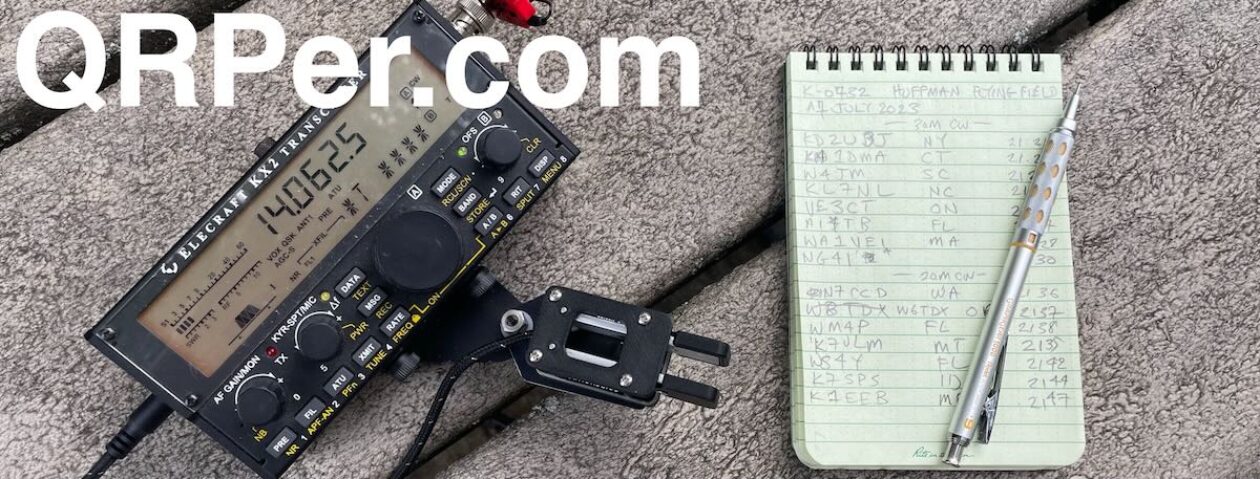Many thanks to Vince (VE6LK) who shares the following POTA field report:

#POTAThon1231 – The RAC Portable Operating Challenge
by Vince (VE6LK)
It’s the final day of December 2022 and I find myself, a non-hiking non-climbing city kid, trudging around in the snow on a nature preserve not far from my home. I’m in shape -round- and it’s not helping me much. I’m not really dressed for this but I’m not far from the warmth of my truck. My goal is to do an activation and move on, for I’m in the middle of the final day this month of a set of #POTAThons and I still have one more park to get to.
#POTAThon is what I call it when I plan on getting to more than one park in a day. Usually these things aren’t thought of for weeks in advance, they are more like a “tomorrow morning” kind of thing. Opportunistic, if you will. Please feel free to adopt the hashtag on social media as it is free from all royalties and encumbrances.

But, before I tell you the story of how I happened to be trudging through the snow, let me tell you that someone said something to me that set me off on the journey that had me trudging through snow on that day and hefting a wire into a tree.

I do public service events throughout the year, and in December I travelled from my home in Alberta one province westwards to Kelowna B.C. to the Big White Winter Rally. RallySport is fun to get involved with as a ham radio operator, and is especially trying -for all the right reasons, as you’ll see in this clip from 2015– in Net Control where we run logistics for the event. You’ll be able to read that story in the March-April edition of The Canadian Amateur magazine.

Anyway, I’m to the point in my life where a long one day drive is no longer enjoyable, thus along the way to BWWR, I planned to activate parks and take two days to make the trip each way. A week off to play radio sounds like a great vacation to me at any time! Thus, the plan was struck to do this and have fun. This means that multiple #POTAThons would be required! Continue reading VE6LK’s #POTAThon1231: The RAC Portable Operating Challenge











































